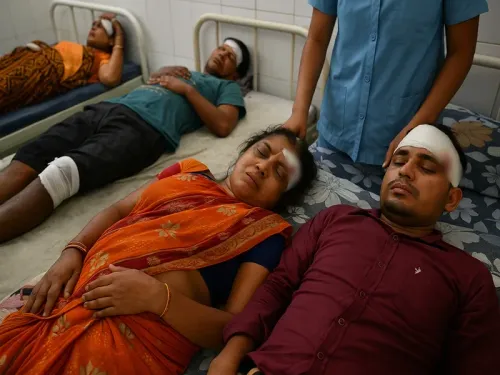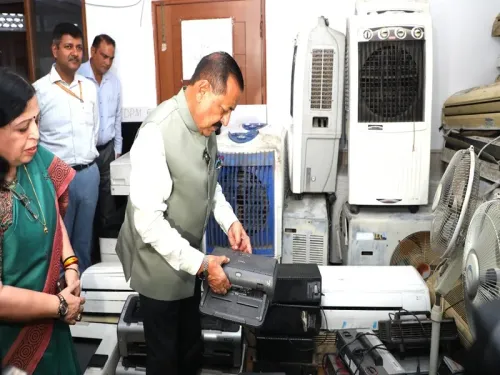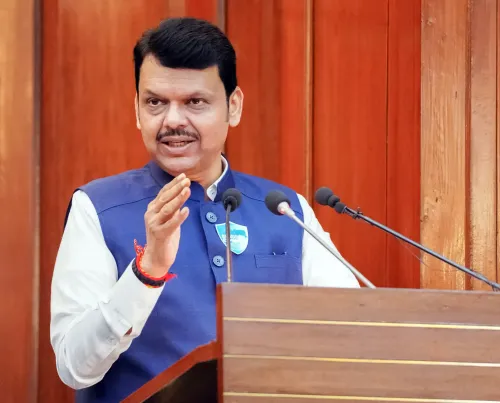Is 60% of India's Handloom & Handicraft Workforce in the NE Region?

Synopsis
Key Takeaways
- 60% of India's handloom workforce is in the Northeast.
- Strategic roadmap proposed for the sector.
- Importance of traditional skills for economic growth.
- Potential for Northeast to become a global textile hub.
- Need for coordinated efforts and investment.
Aizawl, July 22 (NationPress) Mizoram Chief Minister Lalduhoma on Tuesday pointed out that an impressive 60 percent of the national workforce involved in the handloom and handicraft industry is concentrated in the Northeastern states, showcasing the region's significant contributions and vast potential in this area.
During a high-level virtual meeting focused on enhancing the handloom and handicraft sector in the northeast, the Chief Minister stressed that this sector, which is deeply embedded in traditional skills and local identity, could serve as a vital catalyst for the region's economic development.
To unlock its full potential, Lalduhoma recommended the formulation of a clear and actionable strategic plan.
Key recommendations comprised establishing Common Facility Centres, offering structured training for artisans, fostering inter-state collaboration and networking, standardizing product quality and branding, and promoting innovation in skill enhancement and design.
The Chief Minister expressed optimism that, with coordinated efforts and suitable investments, the Northeast could evolve into a vibrant and internationally recognized textile hub.
He was accompanied by Mizoram Chief Secretary Khilli Ram Meena, Commissioner and Secretary to the Chief Minister Vanlaldina Fanai, Commissioner and Secretary, Commerce and Industries Department Lalzirmawia Chhangte, and various officials from the Planning Department.
The virtual assembly of the High-Level Task Force on Handloom and Handicrafts, established by the Ministry of Development of North Eastern Region (DoNER), was chaired by Nagaland Chief Minister Neiphiu Rio.
Also partaking in the meeting were Union Minister of Textiles Giriraj Singh, Assam Handloom and Textiles Minister Urkhao Gwra Brahma, alongside senior officials from Manipur and the Union government.
During the discussions, DoNER Minister Jyotiraditya Scindia emphasized the northeast's unparalleled capacity to lead India's sustainable fashion movement, resonating with Prime Minister Narendra Modi's vision of 'Fashion for Environment and Empowerment.'
He underscored the region's rich eco-friendly practices, artisanal legacy, and exceptional craftsmanship.
"The northeast must capitalize on its rich heritage in handlooms and handicrafts to create livelihoods, promote innovation, and showcase India’s cultural legacy on a global platform," stated Union Minister Scindia.
Several High-Level Task Forces were established by the Ministry of DoNER to identify critical interventions and devise actionable strategies for the integrated development of the North East Economic Corridor.
These high-level Task Forces were formed following the 72nd plenary session of the North Eastern Council (NEC) held in November last year in Agartala, Tripura.
Union Home Minister Amit Shah, who serves as the chairman of the NEC, presided over the NEC plenary session.









